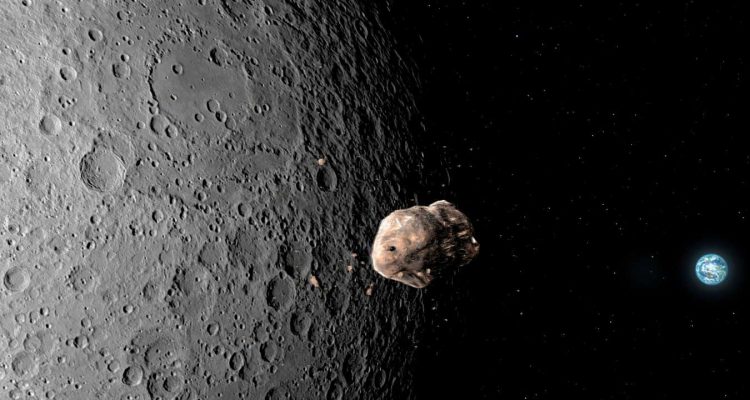A boomerang discovered in a Polish cave was originally dated as 18,000 years old, but it may have been contaminated by preservation materials. A new estimate suggests the mammoth-ivory artefact is 40,000 years old
An artefact made from a mammoth tusk is the oldest known boomerangTalamo et al., 2025, PLOS One, CC-BY 4.0
An artefact made from a mammoth tusk is the oldest known boomerang
Talamo et al., 2025, PLOS One, CC-BY 4.0
The world’s oldest known boomerang may be 22,000 years older than previously thought, suggesting it was crafted during a period when early humans displayed an increase in artistry.
In 1985, archaeologists unearthed a 72-centimetre-long ivory boomerang buried beneath six layers of sediment in Obłazowa cave in Poland. Later sediment sieving revealed aHomo sapiensthumb bone nearby, as well as antler tools, a bone bead and pendants made from fox teeth. In the 1990s, radiocarbon dating suggested the thumb was 31,000 years old – but surprisingly, the boomerang was dated to just 18,000 years old, several millennia younger than the artefacts in higher layers.
Read moreThe rise and fall of the mysterious culture that invented civilisation
The rise and fall of the mysterious culture that invented civilisation
Sahra Talamoat the University of Bologna in Italy suspected contamination. “Even a trace amount of modern carbon – from glue or conservation products – can throw off the radiocarbon date by tens of thousands of years,” she says. Analyses of the thumb’s carbon-nitrogen ratios showed signs that the collagen might have been contaminated, so the researchers treated the radiocarbon date as a minimum age.
Re-dating the contaminated boomerang would have been futile – and would have damaged the precious artefact needlessly, says Talamo. Instead, she and her colleagues dated 13 nearby animal bones, re-dated the human thumb bone and used statistical modelling to reconstruct the timeline. Their results showed that the entire sediment layer – and hence the boomerang and thumb as well – dates to between 39,000 and 42,000 years ago.
“In a way, this is an advertisement to museums that when you find something extraordinary, you should not cover it with glue or other restoration materials before completing all your analyses,” she says.
Keep up with advances in archaeology and evolution with our subscriber-only, monthly newsletter.
Its new age means the ivory boomerang predates the second-oldest known boomerangs – made from wood by Indigenous Australians – by 30,000 years. Unlike simpler throwing sticks, such as a300,000-year-old wooden implementfound in Schöningen, Germany, boomerangs are curved and aerodynamically shaped, even if they don’t always return to the thrower, says Talamo.
Indeed, although the ancient boomerang could most likely fly, its size and design probably made it unlikely to return to sender. Instead, it may have served a symbolic or ceremonial purpose, says Talamo, based on its decorative engravings, reddish pigment and smooth polish – combined with its placement beside a human thumb bone in a circle of imported stones.
The finding offers a glimpse into early humans’ cognitive abilities and craftsmanship during a burst of artistic expression that occurred during the Early Aurignacian period, starting around 40,000 years ago. During this time, symbolic artefacts such asmammoth ivory figurines, rock art and aesthetically crafted tools first appeared in Europe, says Talamo.
Journal referencePLOS OneDOI: 10.1371/journal.pone.0324911
PLOS OneDOI: 10.1371/journal.pone.0324911
Receive a weekly dose of discovery in your inbox!
We'll also keep you up to date withNew Scientistevents and special offers.
















